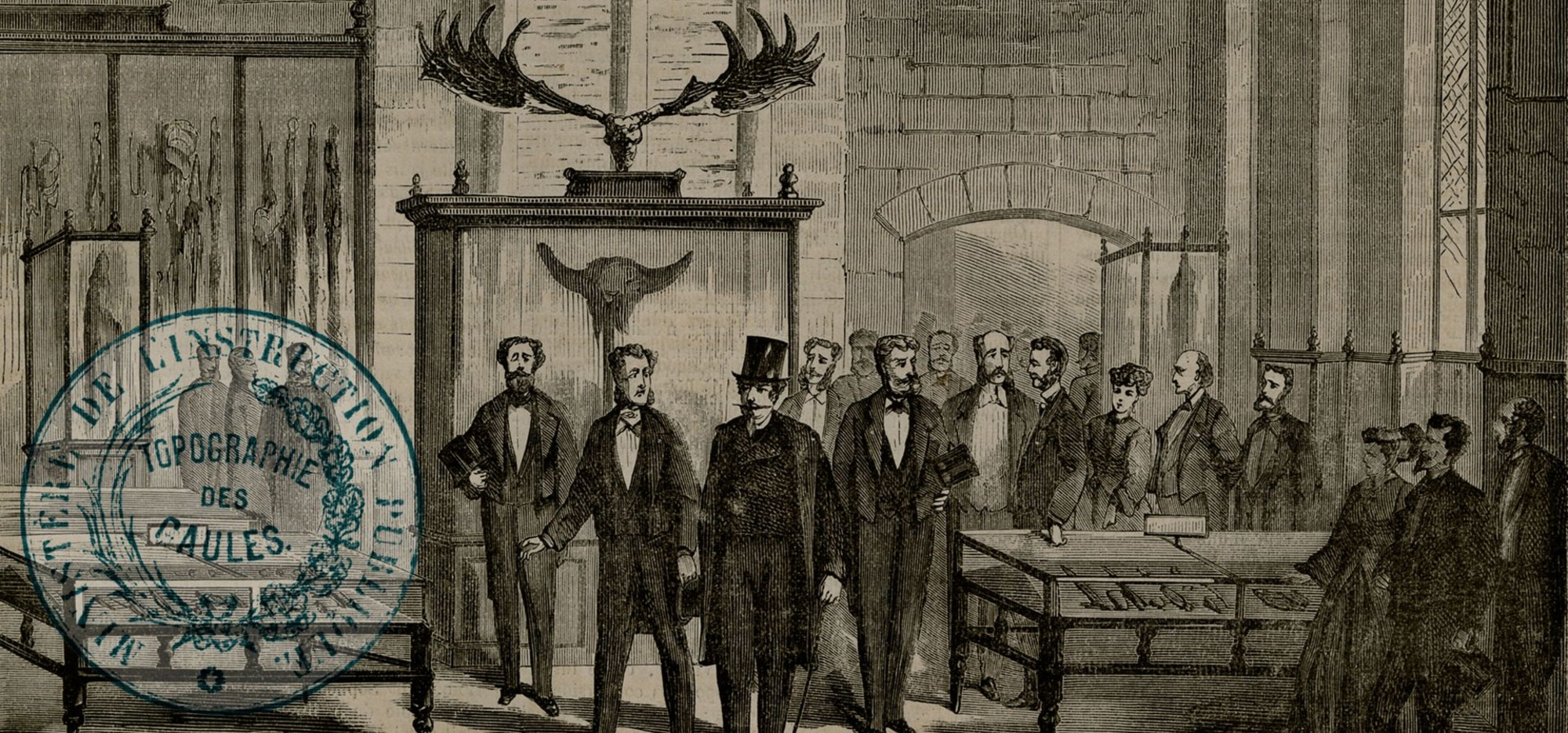
- Home
- The Commission de Topographie des Gaules
- An institution
- Napoleon III and the Nation
Mapping out history, controlling the territory and “building the nation” were the political objectives of the Second Empire. To achieve them, Napoleon III created institutions including the Commission de Topographie des Gaules and the musée gallo-romain at Saint-Germain.
An admirer of Julius Caesar
The emperor’s passion for Julius Caesar and the writing of his biography of the Roman general were inspired by his interest in history and the army, his curiosity about the origins of the nation and his continued desire to find parallels between Napoleon I and other great figures of the past. It is therefore impossible to ignore the link between the memory of Rome and a political culture based on plebiscitary democracy. This practice of plebiscite, which relies on a large group behind a charismatic and unifying leader, allowed Napoleon III to legitimise his power and make the theory of the “homme providentiel” (a divine saviour appearing at a time of crisis) his own, a theory which he developed in the preface to his Histoire de Jules César.
Arts, industry and archaeology for the nation
Universal exhibitions and policies favourable to museums were evidence of both the emperor’s passion for modernity and his wish to establish a place for his regime in its historic lineage. To Napoleon III, works of art and public collections were signs of a great nation. The edification of citizens, even when rigorously controlled, required some form of encounter with the past. In this context, an archaeology museum conveyed the civilising message of a nation shedding light on the world.
On the monument to Vercingetorix, the hero of Alesia, in Alise-Sainte-Reine, it reads: “Gaul united, forming a single nation, animated by a common spirit, can defy the universe. Napoleon III in memory of Vercingetorix.”




